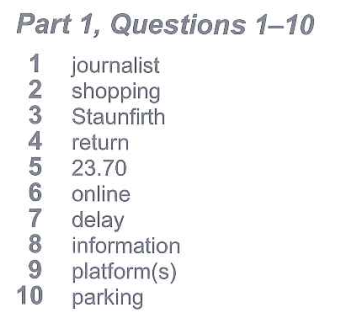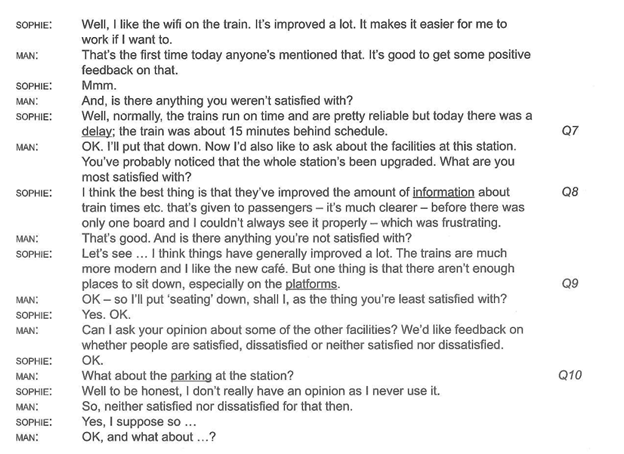Tag Archives: Luyện thi ielts ở hải dương

Cấu trúc as…as trong bài task 1
As…as ngoài việc sử dụng trong so sánh bằng mà nhiều bạn đã biết, nay thầy hướng dẫn những cách sử dụng mới của cấu trúc as…as nhé
As much (danh từ không đếm được) as
In 2020, Company A produced as much amount of rice as Company B
Trường hợp nói gấp 2,3 ta chỉ cần thêm twice hoặc three times trước as nhé.
Ví dụ. The amount of gas sold in 2020 was twice as much as in 2019
As many (danh từ đếm được) as
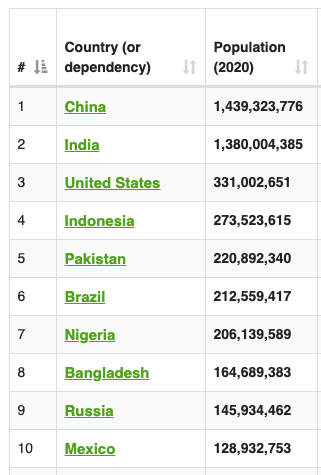
in 2020, the population of China was approximately ten times as many as Russia
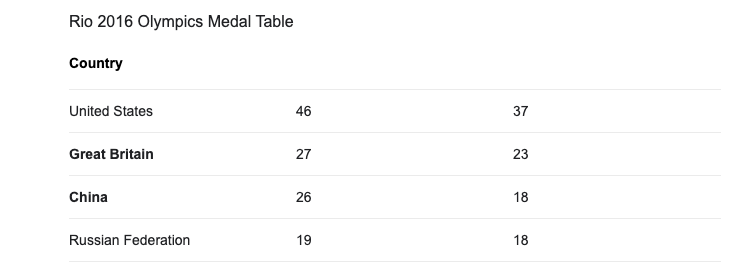
In Rio 2016 Olympics, The united states won 37 silver medals, more than twice as many as Rusian Federation
Thầy anh hướng dẫn cách nghe bài map
Để nghe được bài map, các bạn cần nắm được những điều dưới đây nhé:
- Bài nghe map nằm ở part 2 thường có từ 5-7 câu
- Nội dung bài nghe và nội dung câu hỏi theo trình tự, nên nếu có câu nào không nghe được thì cũng đừng mất bình tĩnh mà chuyển xuống câu bên dưới để tiếp tục
- Huớng trong bài là hướng các bạn đang nhìn vào bài. Bên tay trái là (west, kí hiệu W), bên tay phải (right, kí hiệu R), bên trên (north, kí hiệu N), bên dưới (south, kí hiệu S). Trên bản đó cũng có các kí hiệu W,R,N,S nhé
- Các cụm từ hay có trong bài nhé: the right, the left, in the middle, behind, opposite, next to, lead to (dẫn đến), go past (đi qua, quá), bridge, block (khu, dãy nhà), intersect (giao cắt), corner, road sign, traffic sign, main entrance (gate), parking, bend (khúc cua, ngoặt), path (road): con đường
- Sau khi nghe xong cần xem lời để check những câu mình không nghe được nhé
Các bạn nghe trang dưới đây, có đáp án và lời nhé!
LUYỆN NGHE SEC 2 TEST 1 CAM 13 | Luyện thi IELTS thầy Anh (thayanhielts.com)
Chúc các bạn nghe tốt!
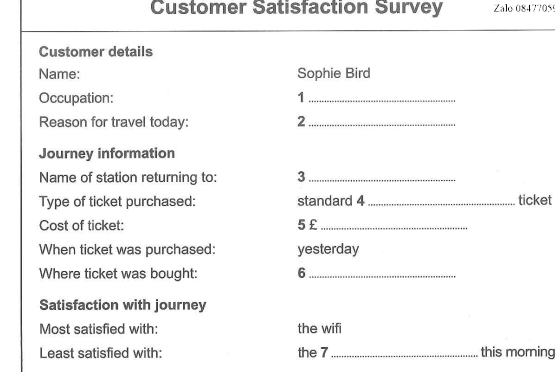
luyện nghe sec 1 test 4 cam 15
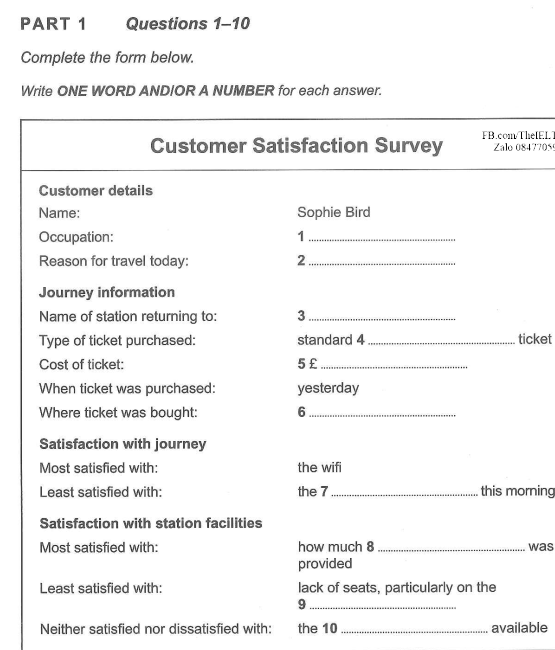
Từ vựng chủ đề covid-19
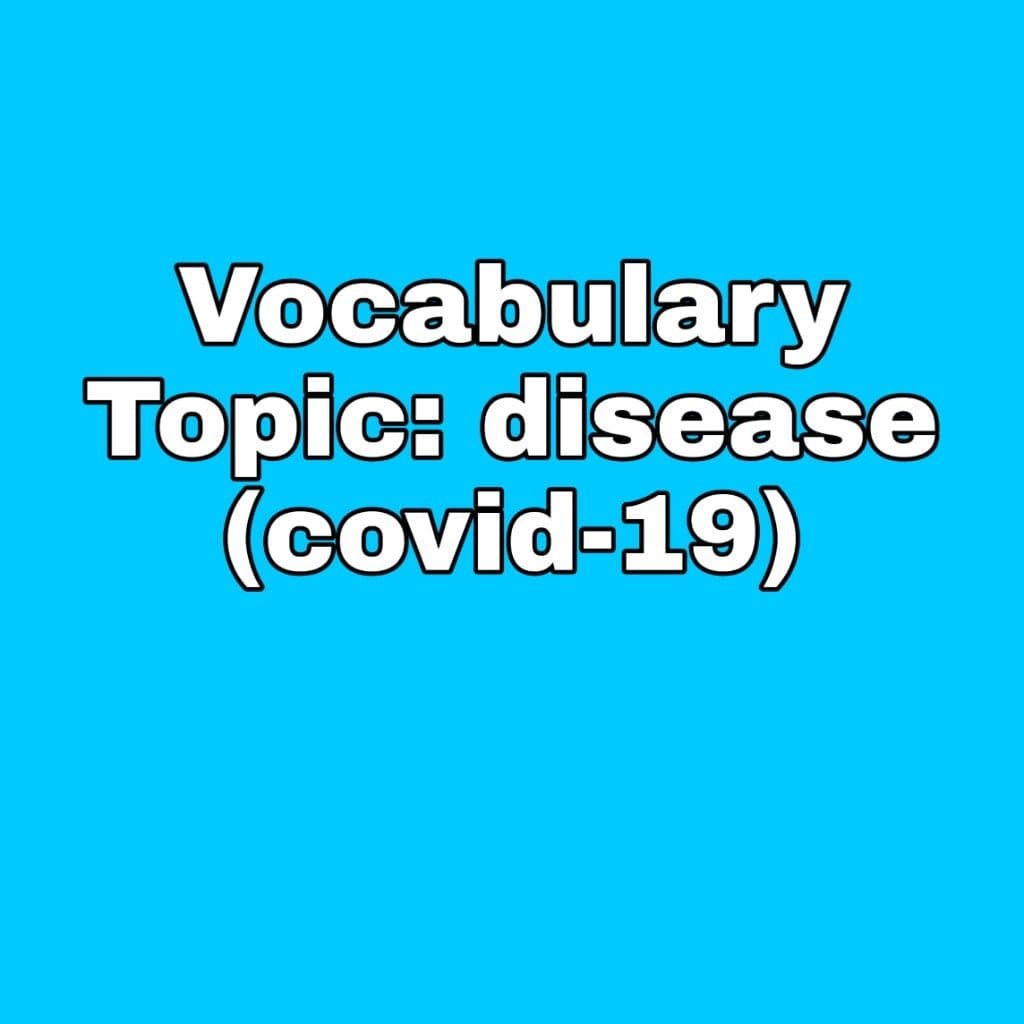
As Coronavirus (officially called COVID-19) continues to dominate the news, I thought it might be useful to look at some of the language we use to talk about it. Regular readers will know my obsession with collocations (word partners), and there are lots of good ones in this topic, most of which can be applied to other diseases too.
The first is that people contract a virus (= get it). When a disease passes very easily from one person to another, as this one does, we say that it is extremely infectious or highly contagious. People that have it and may pass it to others are known as carriers. Some people seem to be more infectious (= pass on the disease more) than others, and these people are known as super-spreaders.
The first person to get a new disease is known as patient zero. When a patient has signs that they are ill, we say that they show/display symptoms, in this case a fever (= high temperature), cough and respiratory difficulty (= problems with breathing). The period between catching the illness and showing symptoms is the incubation period.
We use the word cases to refer to people who have a disease, e.g. There have been several cases of COVID-19 in the UK. When doctors have done tests and are sure that people have it, we call them confirmed or diagnosed cases. If doctors find that someone has the disease, we say that they test positive for it. If there is an unusually high number, we say that there is a spike in cases, whereas if numbers seem as though they are continuing to fall, we say that they have peaked.
We often talk about the mortality rate of a disease to say what proportion of people die from it. The death toll is the number of people who have died. The start of a disease is called the outbreak. At the time of writing this post, COVID-19 hasn’t been classified as a pandemic (= a disease that has spread all over the world), but it has the potential to become one.
Governments have to decide how to control/contain the spread of the virus. Towns and cities may be put/placed on/in lockdown so that nobody can enter or leave them, countries may close their borders (= stop letting people from other countries in) and airlines sometimes suspend flights (= stop flying) to certain places.
People who may have the disease are often put/placed in quarantine (= made to stay somewhere away from other people). Passengers returning from an area with coronavirus may be asked to self-quarantine (= stay away from other people voluntarily). Despite the fact that most experts don’t think they are effective, some countries have seen huge queues for face masks (= covers for your mouth and nose). Meanwhile, scientists are racing to develop a vaccine (= make medicine that will stop people getting the virus).
By Liz walter
Speaking part 2: food- thầy anh ielts
Thầy Anh IELTS
thầy anh ielts
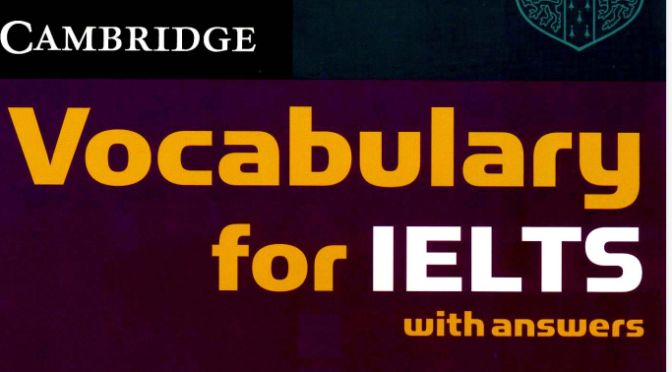
Từ vựng về sự thay đổi: ielts vocabulary for change
Điền các từ trong bảng vào “show more”
| adapt | adjust | alter | cure |
| demote | disappear | dissolve | exchange |
| expand | fade | increase | promote |
| reduce | renew | renovate | replace |
| swell | switch | transform | vary |
.a) We need to
these cars so disabled people can drive them.1.b) The country found it hard to to the new government.
2.a) If the trousers are too tight, take them back to the shop and ask them to
them.2.b) He found it hard to to living in a tropical country.
3.a) You must
he voltage or the system will blow up.3.b) He decided to his appearance by having plastic surgery.
4.a) Our bills will be less if we
from gas to electricity.4.b) They had to lights at Heathrow Airport.
5.a) You can’t
the terms of the contract once it has been signed.5.b) He wants to his appearance.
6.a) It will help your digestion if you
your diet.6.b) Prices of flats from a few thousand to millions of pounds.
7.a) We need to
our pounds for dollars.7.b) You can usually goods which are faulty if you show the receipt.
8.a) We have had to
our sales force to cope with the extra demand.8.b) Water will when it is frozen.
9.a) The price of oil will
next year.9.b) Most bosses refuse to salaries when they are asked.
10.a) The management decided to
the company and sell the offices.10.b)the sugar in boiling water.
11.a) More and more people are moving to cities to
the population there.11.b) The wasp sting caused his leg to p.
12.a) The market for typewriters will probably
completely in the next few years.12.b) The police are baffled by the increasing number of people who each year.
13.a) The old contract ran out and we had to r
t.13.b) Many people argue that it’s futile to old hostilities.
14.a) They have received funds to
the old buildings.14.b) We need to the central heating as it is old and worn out.
15.a) The boss offered to
him from salesman to manager.15.b) Our main aim is to ourism in the country.
16.a) They wanted to
me from manager to salesperson.16.b) If we you, you will lose a large part of your salary.
17.a) If you wash it too much, the colour will f
.17.b) We watched the islands away into the distance.
18.a) The company decided to
the permanent staff with freelancers.18.b) You must the books on the shelf when you have finished with them.
19.a) The doctors were unable to
her the illness.19.b)meat in salt water for between three and five days.
20.a) Governments are trying to
pollution.20.b) The best way to save money is to the number of staff.
Trọn Bộ Cambridge 1-11
IELTS thầy anh tặng các bạn đang ôn luyện IELTS bộ tài liệu ôn IELTS khá hiệu quả
Cambridge 1
Một số chủ đề hay ra trong phần thi speaking part 2
1. Describe a museum
1) How often do you visit the museum?
2) Which type of museum is popular in your country?
3) Why do you want to visit the museum?
Follow-up:
- What do you think of the importance of museums in history?
- How do you think of the heritage of a country?
- Compare the museums nowadays and in the past
2. Describe your favorite photograph
1) Where was the photo taken?
2) Who took the photo?
3) What can be seen from the photo?
4) Explain why it is the favorite photograph for you.
Follow-up:
- How to take good photo?
- When do people use camera?
- How can the new technology put cinema’s skill advanced?
3. The important historic place
1) What is the place?
2) Where is it located?
3) Why do you think it is important?
Follow-up:
- What do you think of the historic place in the future?
- Will the government increase or decrease the safety guard?
- What are the changes to the local people and economy?
- What is the impact on the historic place by tourists?
4. Describe a party
1) What is the party?
2) Why was the party held?
3) Who attended the party?
4) What did you do for that party?
Follow-up:
- What’s the difference between serious party and friendly party?
- Why are some people late for parties intentionally?
- Why do some people like party while others hate it?
- What would you do if the guests feel bored?
- Will there be more and more people to attend parties?
5. Describe a subject taught in your school?
1) Who teaches it?
2) How is it taught?
3) What do you learn from the class?
Follow-up:
- Is there any difference between the traditional and modern educational systems?
- What are the pros and cons of the current educational system in your country?
- Do you think it is necessary to give comment or criticism to teachers?
Mẹo làm bài writing part 1
Kiểm tra lại sau khi viết xong bài là rất quan trọng nhưng nhiều người phàn nàn rằng không có đủ thời gian. Bạn có thể làm công đoạn này hiệu quả hơn bằng cách kiểm tra bài làm khi luyện tập và ghi ra 4-5 lỗi thường mắc. Sau một thời gian, bạn sẽ nhận ra đâu là lỗi mình hay mắc nhất và nhanh chóng khắc phục.
2. Đọc hướng dẫn một cách cẩn thận
Tưởng chừng như đây là việc ai cũng làm nhưng lại là một trong những sai lầm phổ biến nhất của người thi trong bài viết 1.
Hãy dành một phút để đọc đề bài vài lần và thực sự hiểu nó đang yêu cầu bạn làm gì. Luyện tập cũng sẽ giúp bạn làm quen với các loại yêu cầu khác nhau của bài viết 1 và giúp bạn tiết kiệm thời gian trong khi thi.
3. Diễn giải lại câu hỏi theo cách khác
Bạn sẽ mất điểm nếu sao chép các từ trong đề bài vào bài viết của mình. Người chấm sẽ nhìn xem bạn có diễn giải lại câu hỏi theo cách khác không. Để có thể viết lại câu, bạn chỉ cần đơn giản sử dụng các từ đồng nghĩa thay thế những từ quan trọng.
|
Không nên sao chép các từ sử dụng trong đề bài vào bài viết của mình. |
Ví dụ:
Đề bài: The graph below gives information about cinema attendance in the UK between 1998 and the present, with projections to 2018.
Cách diễn giải lại: The diagram shows data of movie-goers in the United Kingdom from 1998 until now, with forecasts up to 2018.
Bạn có thể thấy nghĩa của 2 câu không khác nhau, chỉ có từ là thay đổi. Câu viết lại này nên ở đoạn đầu tiên trong bài viết.
4. Sử dụng dấu hiệu thông báo
Có những từ và cụm từ này giúp người chấm biết được bạn đang viết về cái gì. Chúng đôi khi được gọi là “từ nổi”. Ví dụ: ‘The graph/table/chart shows…’, ‘The most significant change is….’, ‘Another noticeable change/trend is….’, ‘Overall…’.
Hãy nhớ rằng những từ/ cụm từ này chỉ nên được sử dụng một cách thích hợp.
5. Luyện tập trên phiếu làm bài IELTS
Nhiều người lo lắng không biết mình có viết được tối thiểu 150 từ cho bài viết 1 không. Một cách thông minh để luôn biết mình viết được khoảng bao nhiêu từ là tập viết trên giấy làm bài chính thức. Bạn sẽ có thể đánh giá được bao nhiêu không gian bạn thường dành cho 150 từ.
6. Biết cách mô tả sự thay đổi
Bạn sẽ có được điểm dễ dàng nếu biết làm thế nào để mô tả chính xác sự thay đổi. Từ rất nhỏ đến rất lớn. Đây là một số ví dụ: Minimal – slight – gradual – moderate – considerable – significant – substantial – enormous – dramatic.
Bạn thường phải mô tả sự thay đổi trong bài viết 1 và những những từ này sẽ giúp bạn có được một số điểm giá trị trong tiêu chí “tài nguyên từ vựng”.
7. Dành thời gian để sắp xếp và lên kế hoạch cho bài viết
Đây là một trong những khác biệt chính giữa người được điểm cao và thấp trong phần thi viết. Không bao giờ là lãng phí thời gian để lên kế hoạch trả lời câu hỏi vì điều này sẽ giúp bạn ghi điểm với bài viết rõ ràng và mạch lạc.
Hãy tự làm quen với các dạng câu hỏi và sau đó tìm hiểu cấu trúc viết của mọi dạng. Cách viết một bài về biểu đồ ngang như bên dưới:
Đoạn 1- Viết lại đề bài.
Đoạn 2- Giới thiệu.
Đoạn 3- Viết ý chính 1.
Đoạn 4- Viết ý chính 2.
Khi đã có câu trúc bài trong đầu, bạn sẽ có thể lên kế hoạch viết một bài hay một cách nhanh chóng và dễ dàng.
8. Luyện viết đoạn giới thiệu
Phần giới thiệu có thể là phần quan trọng nhất trong cả bài viết. Viết một đoạn giới thiệu tốt là bạn đang trên đường lấy được số điểm cao.
Đoạn giới thiệu là phần tóm tắt những điểm chính có trong biểu đồ. Đối với bài biểu đồ, bạn cần tìm ra cái gì đang tăng, giảm và dao động. Đối với bài quá trình, hãy xác định có bao nhiêu giai đoạn chính, những thay đổi chính và kết quả.
Hãy nhớ rằng phần giới thiệu không nên đưa ra số liệu vì bạn chỉ đang mô tả những khía cạnh quan trọng nhất. Chi tiết sẽ được viết trong các đoạn tiếp theo.
9. Xem xét thời hạn định sử dụng
Nhiều người thi bị mất điểm vì chỉ viết ở dạng hiện tại. Bạn phải tìm hiểu xem số liệu đề bài cho có phải ở thời quá khứ hay tương lai và cần thay đổi theo thời tương ứng.
10. Hỗ trợ phần mô tả với những số liệu đúng
Bạn phải sử dụng dữ liệu để mô tả các tính năng chính trong đoạn sau giới thiệu. Hãy chắc chắn rằng bạn chọn các dữ liệu chính xác. Bạn sẽ mất điểm nếu viết nhầm thông tin.
